So, you’re dreaming of a bareboat sailing charter in the Mediterranean—anchoring in secluded coves, sipping wine in picturesque harbors, and embracing the freedom of sailing a chartered vessel from one sun-drenched paradise to another. Picture yourself cruising along the Amalfi Coast, exploring the hidden gems of the Greek Islands, or dropping anchor in Croatia’s stunning Dalmatian archipelago. But before you hoist the mainsail and set off into the sunset, there’s one crucial thing you need to know: you’ll probably need an SLC (Sailing License and Credentials) to make it happen.

Wait, What’s an SLC?
The SLC is a recognized sailing credential that meets the legal requirements for bareboat charters in many Mediterranean countries, including Croatia, Greece, Italy, and Spain. Essentially, it proves to charter companies (and the local authorities) that you actually know more than just port versus starboard and can safely handle a boat.
Why Can’t I Just Show My Experience?
Unlike some places (looking at you, Caribbean), the Mediterranean is a bit stricter about who they let loose on their waters. Many European countries require a formal license or certification, and your impressive tales of ocean crossings or regatta wins won’t necessarily cut it, and they won’t even accept a USCG Master license. The SLC serves as your golden ticket, verifying that you have the necessary knowledge and skills to skipper a boat without causing an international incident.
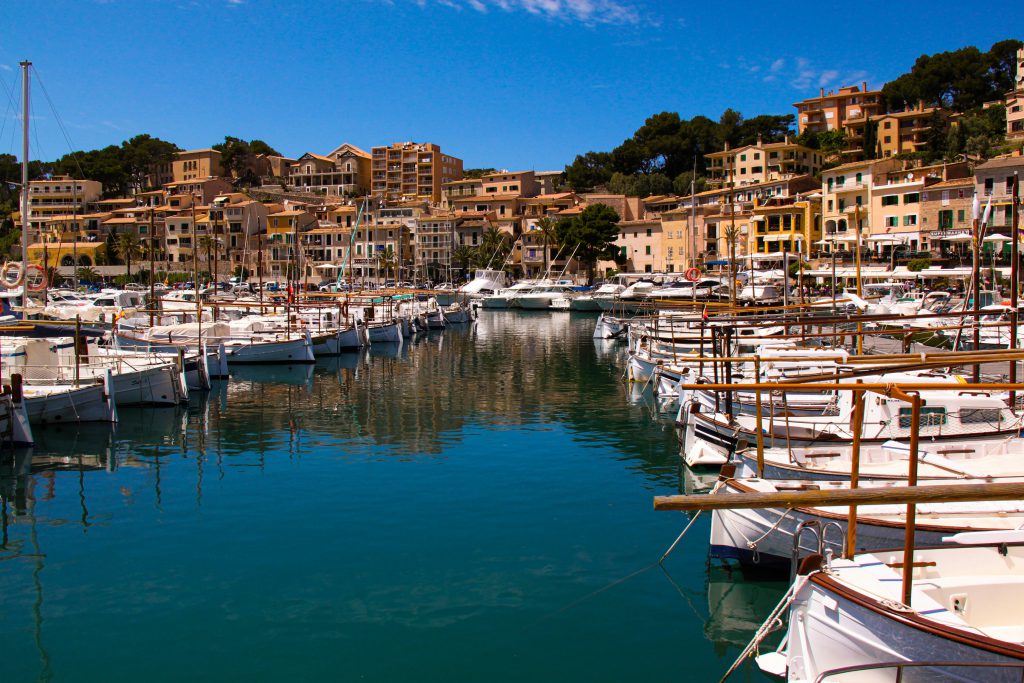 Photo by Tanja Cotoaga on Unsplash
Photo by Tanja Cotoaga on Unsplash
How Do You Get an SLC?
The process is pretty straightforward:
- Pass a Theory Exam – Brush up on your navigation, rules of the road, and safety knowledge.
- Log Your Sailing Experience – You’ll need to show that you’ve got some days/miles under your belt.
- Complete an On-the-Water Assessment – A practical, in-person evaluation to prove you can handle a boat like an old salt.
It’s not an insurmountable challenge, and if you’ve been sailing for a while, you’ll likely find it a great way to sharpen your skills and solidify your knowledge.
Is It Really Necessary?
Yes! While some countries may accept ASA or RYA certifications, others specifically require an official license. If you show up without the right paperwork, you might find yourself stuck at the dock, drowning your sorrows in a bottle of local wine instead of enjoying it on deck at anchor.

Final Thoughts
Getting your SLC isn’t just about satisfying regulations—it’s about ensuring that you’re fully prepared to handle whatever the Mediterranean throws at you. Whether you’re navigating the bustling harbors of Ibiza, weaving through the stunning Balearic Islands, or setting sail for the idyllic turquoise waters of Sardinia, having the right credentials (and the confidence that comes with them) will make your trip smoother and more enjoyable.
So, if the Mediterranean is calling your name, make sure your paperwork is in order. Trust me, it’ll be worth it when you’re gliding through crystal-clear waters, bound for your next unforgettable anchorage in Santorini, Portofino, or beyond. Now, who’s ready to set sail?
Fair Winds
Captain Jeff Vegas
Watch video testimonials for Captain Jeff Vegas by clicking this link
P.S. You can contact us now to schedule your SLC assessment

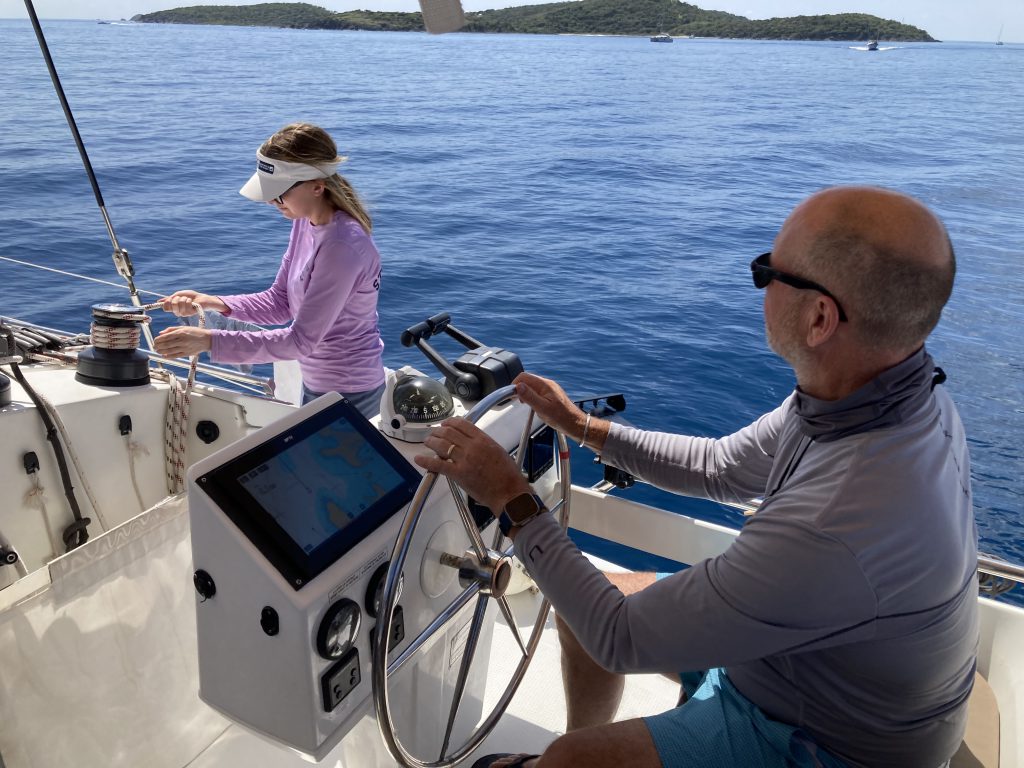
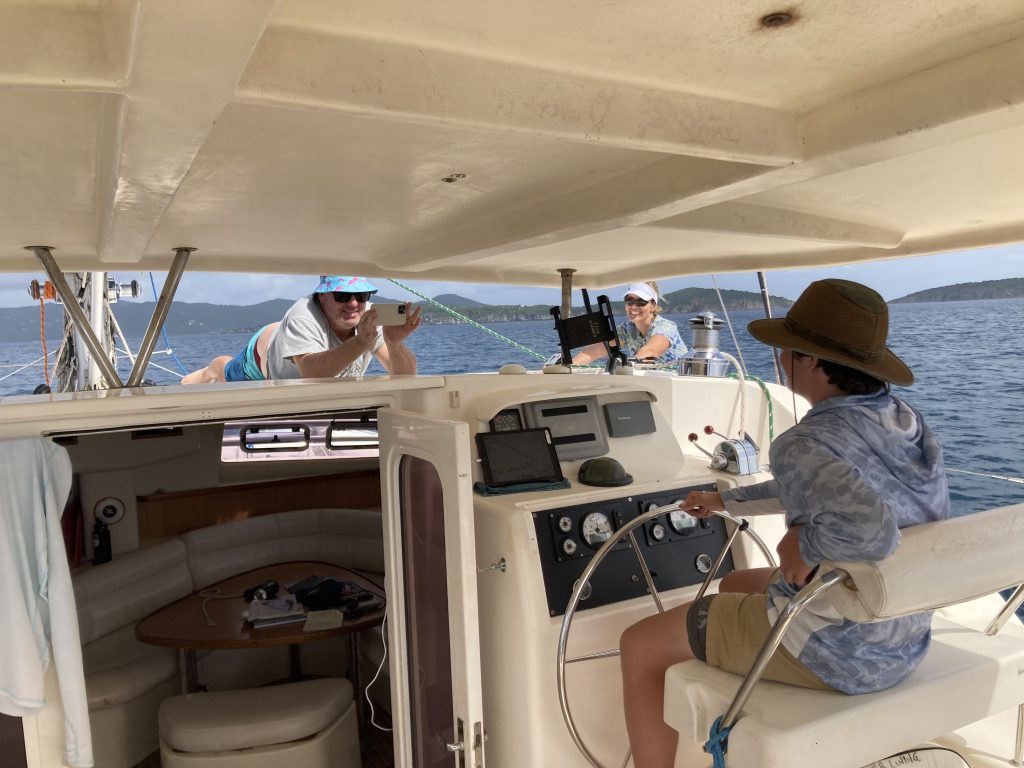

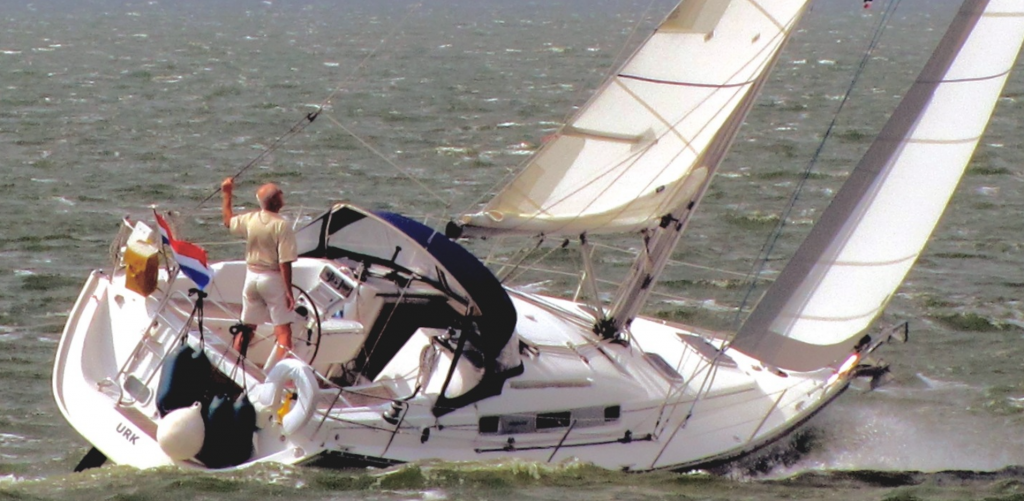
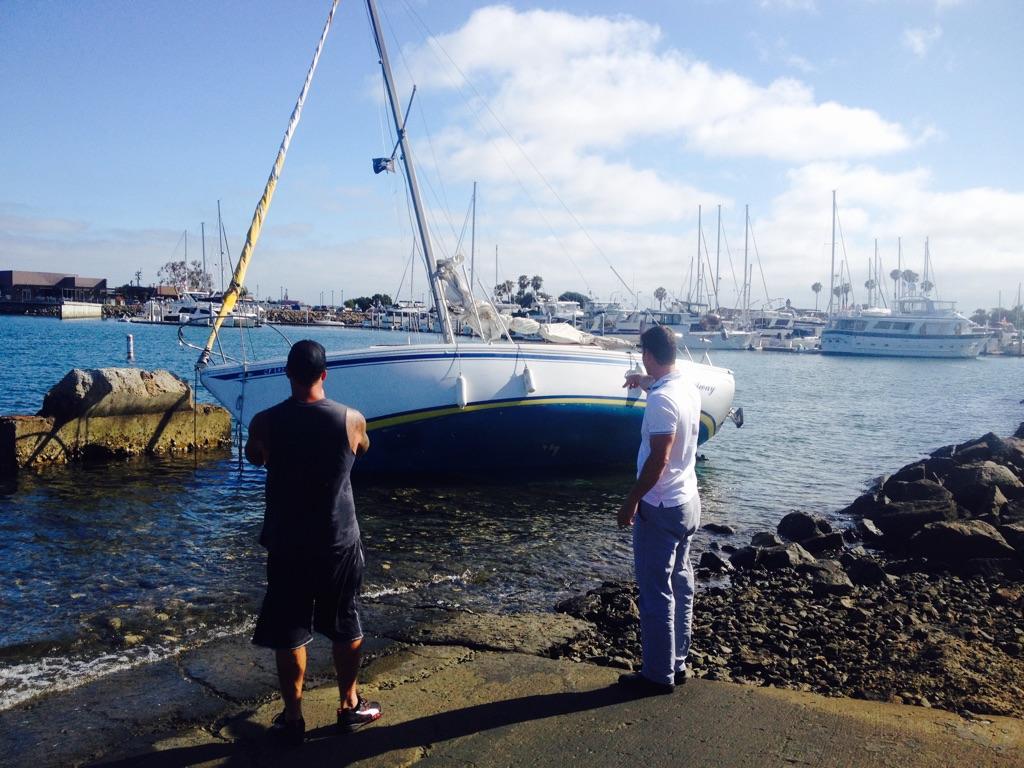


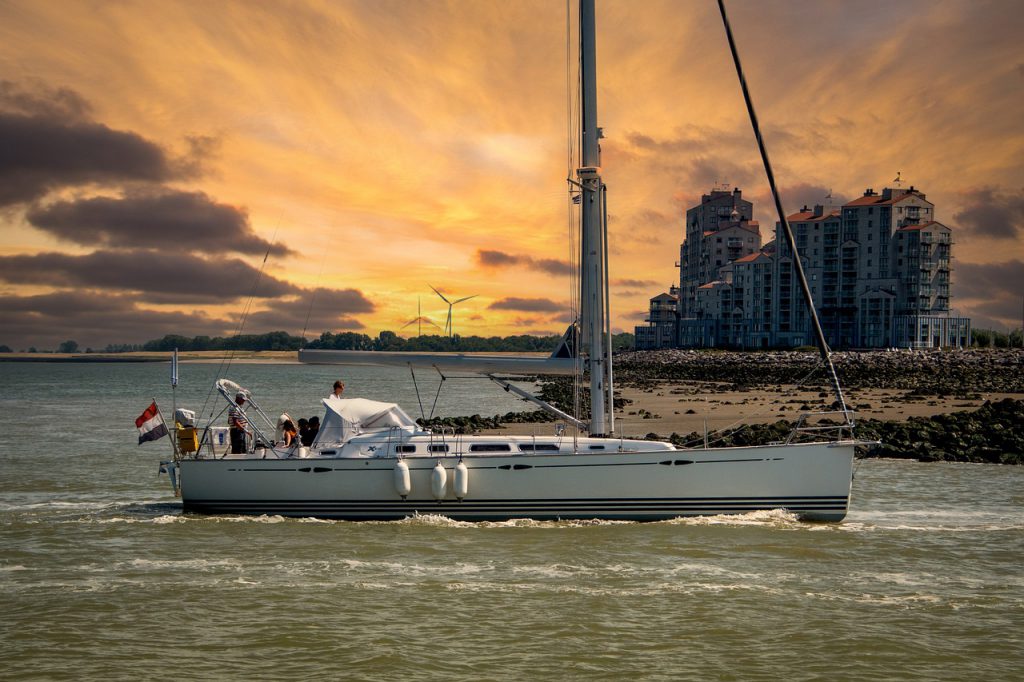

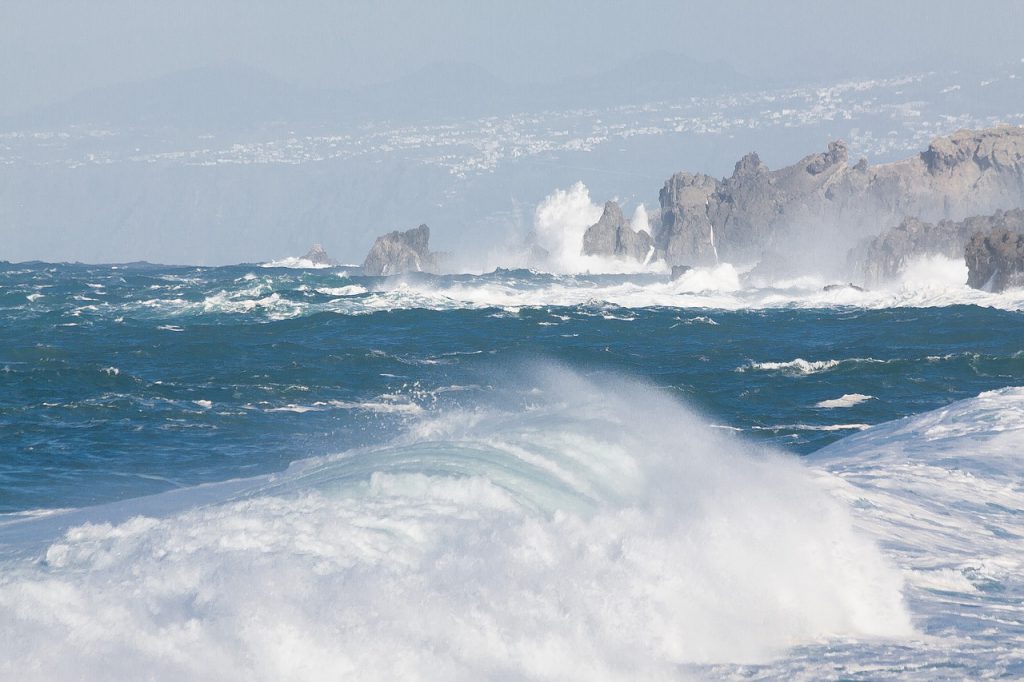
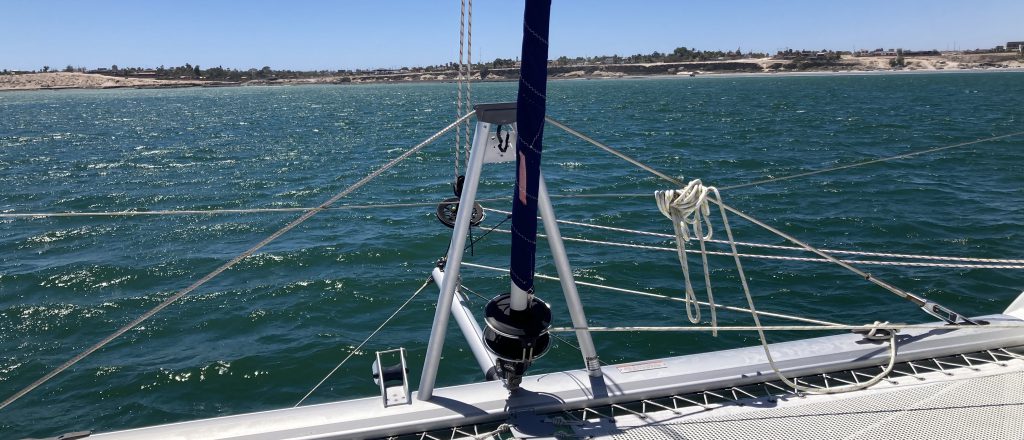
 Terms of Use
Terms of Use